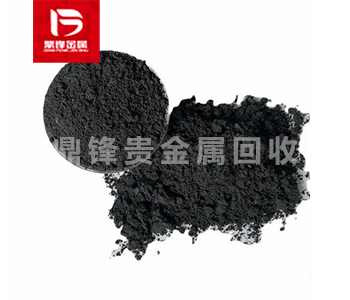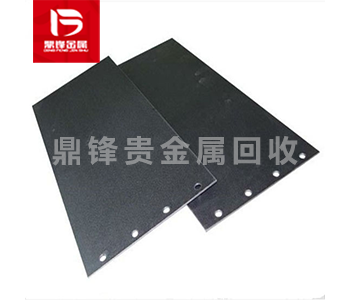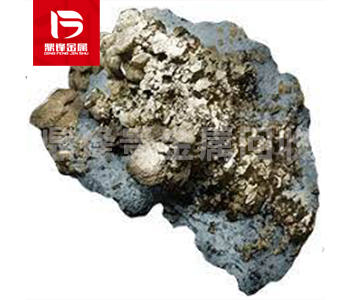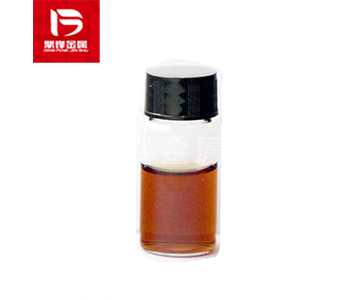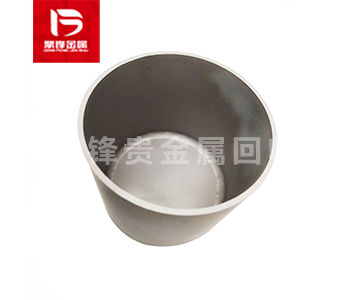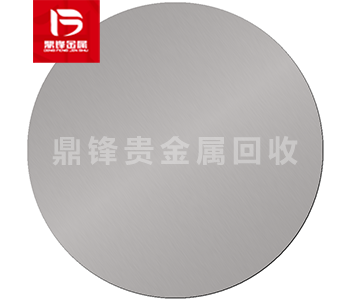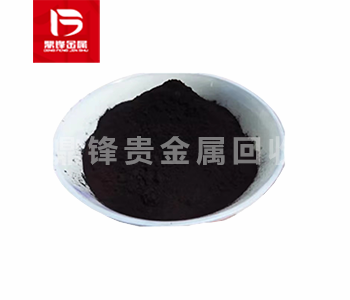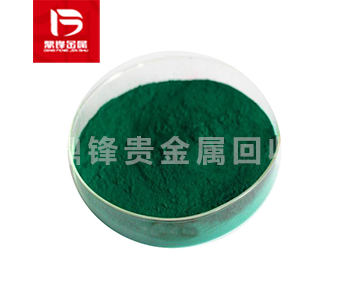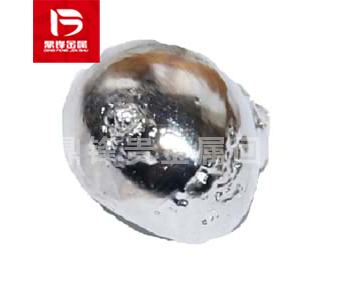Iridium waste recycling and refining method and process
Source and pretreatment of iridium waste
Iridium waste mainly comes from industrial catalysts, electronic components, high-temperature alloy waste and laboratory waste. It needs to be physically sorted (crushed, magnetically separated) to remove impurities, pickled (dilute hydrochloric acid or nitric acid) to remove surface pollutants, and roasted at high temperature (500~800℃) to decompose organic matter when necessary to provide clean raw materials for subsequent treatment.
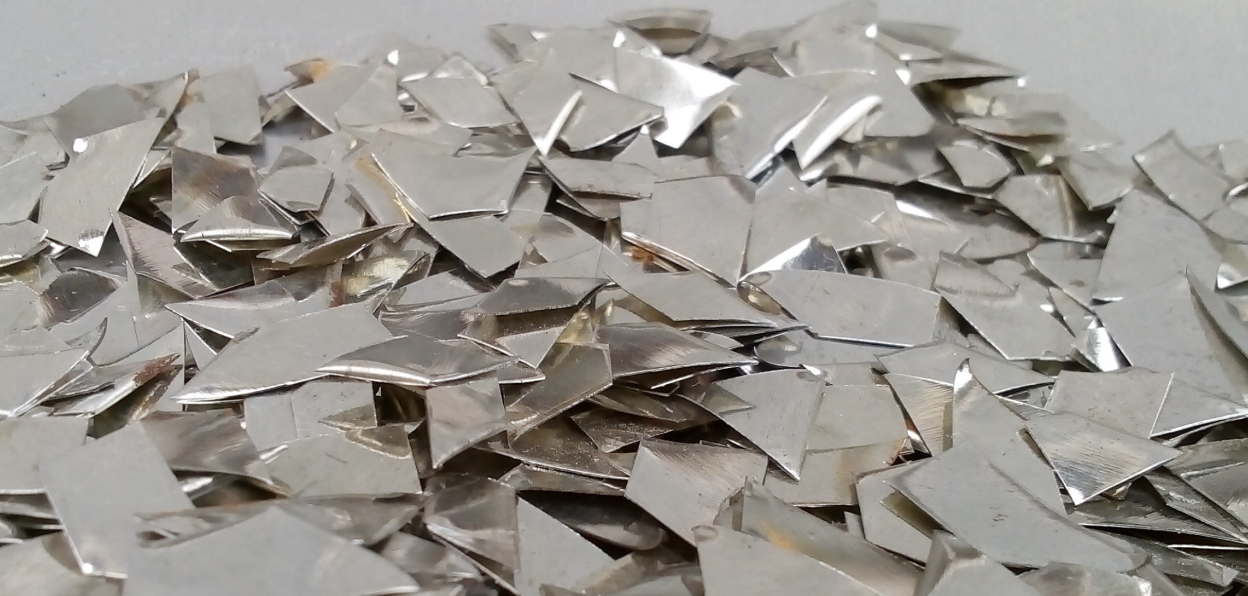
Dissolution and leaching of iridium
Due to the stable chemical properties of iridium, a strong oxidizing system is required for dissolution: aqua regia (HCl:HNO₃=3:1) slowly reacts at 80~100℃ to generate chloroiridic acid solution, or high-pressure chlorination (HCl+Cl₂/NaClO₃) dissolves refractory iridium alloys at high temperature and pressure of 150~200℃ to form soluble chloroiridates.
Iridium separation and enrichment
Iridium is enriched from the solution by ammonium chloride precipitation, selective adsorption of anion exchange resin or solvent extraction (TBP/amine extractant), and a high-concentration iridium solution is obtained by washing or stripping, laying the foundation for subsequent purification.
Iridium reduction and refining
Ammonium chloroiridate is reduced by high-temperature hydrogen (800~1000℃) to produce sponge iridium powder (purity>99.5%), or further purified to 99.95%~99.99% high-purity iridium by electrolytic refining (hydrochloric acid/sulfuric acid system) with crude iridium as anode.
Tail liquid treatment and environmental protection requirements
Waste liquid needs to recover residual precious metals and neutralize before discharge, NOx and Cl₂ waste gas are treated with alkali solution or activated carbon, solid waste is disposed of according to hazardous waste standards, and the whole process must comply with environmental protection regulations to reduce pollution risks.
Key equipment and precautions
The process requires corrosion-resistant reactors, high-temperature furnaces, electrolytic cells and other equipment. Acid-proof equipment must be worn during operation. Low-grade waste can be combined with pyrometallurgical enrichment to optimize costs and ensure a balance between safety and economy.
Iridium purity detection
Iridium content is accurately determined using analytical techniques such as ICP-OES, ICP-MS or XRF, and microscopic morphology is observed using SEM-EDS to ensure that the recycled products meet industrial or electronic grade application standards.
This process achieves efficient iridium recovery (recovery rate > 95%) through systematic steps, taking into account both environmental protection and economic benefits, and requires flexible adjustment of parameters according to waste characteristics.


